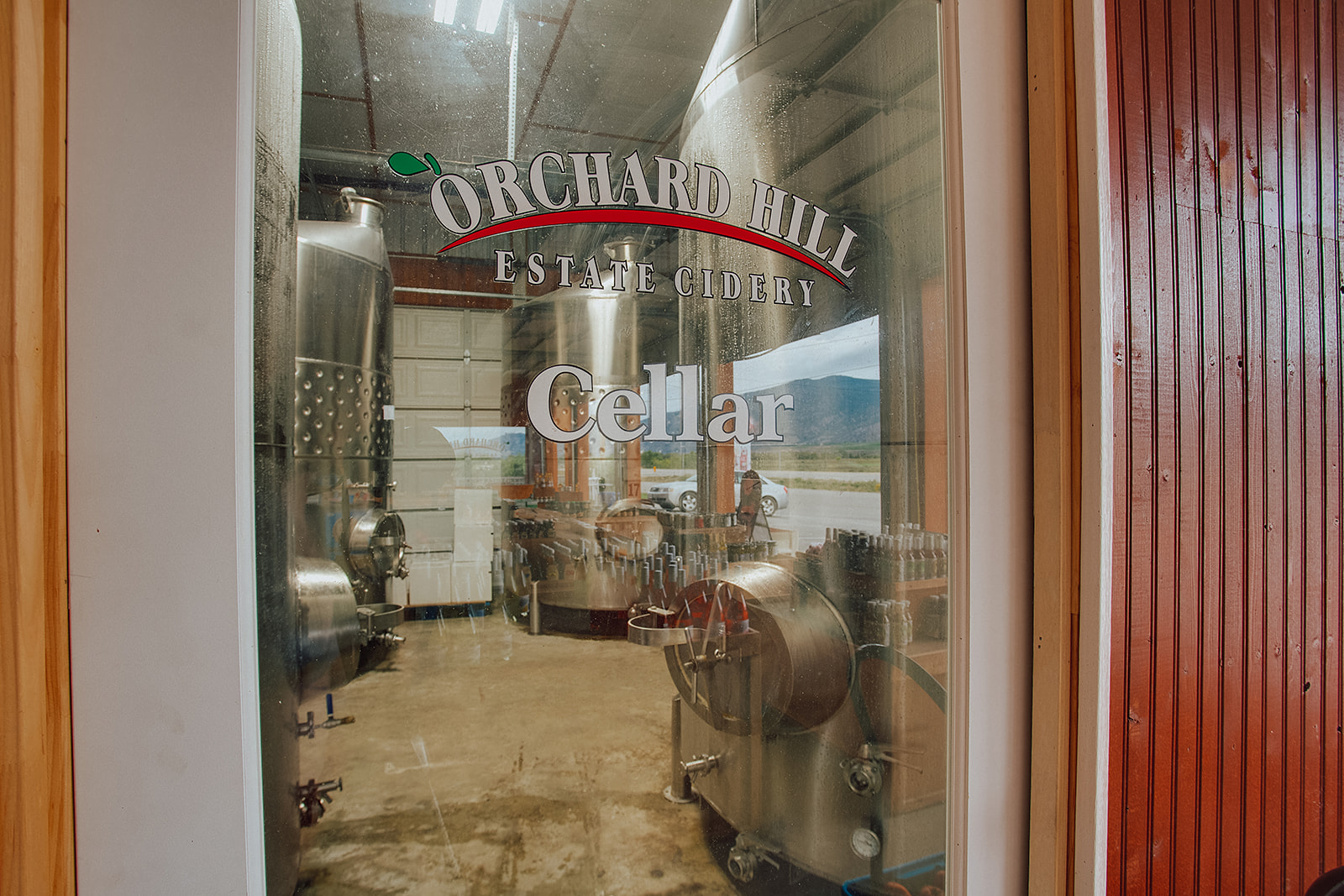Making cider from start to finish is a process that requires patience, attention to detail, and a bit of know-how. But the end result is a delicious, refreshing, and unique beverage that is perfect for sipping on a warm summer day or enjoying with a meal.
The first step in making cider is to select the apples you will use. Cider apples are different from eating apples, as they are high in tannins and acidity. These attributes give the cider its characteristic taste and mouthfeel. Some popular varieties of cider apples include Kingston Black, Dabinett, and Yarlington Mill.
Once you have your apples, it’s time to begin the process of turning them into juice. This can be done by hand, with a press, or with a machine. If you are doing it by hand, you will need to wash and chop the apples into small pieces before mashing them up and squeezing out the juice. If you are using a press or machine, the process is much the same, but the juice is extracted more efficiently.
Next, the juice is left to settle for a few days to allow any sediment to settle to the bottom of the container. The clear juice is then transferred to a fermentation vessel, where it is left to ferment for several weeks. During this time, the juice will turn into cider as the natural yeasts present on the apples ferment the sugars in the juice.
After fermentation is complete, the cider is then racked (transferred) off the sediment and any remaining yeast, and then the cider is left to age for a few months in a clean vessel. During this time, the flavors will develop and the cider will become more complex. The cider is then filtered, carbonated and bottled.
At this point, you can enjoy your homemade cider! Some people prefer their cider to be sweet, while others prefer it to be dry. To adjust the sweetness or dryness of your cider, you can add sugar or honey before bottling or you can let the cider age for a longer period of time.
Making cider at home is a fun and rewarding process, and the end result is a delicious, unique beverage that is sure to impress your friends and family. With a bit of patience and attention to detail, you can create a cider that is truly your own.




